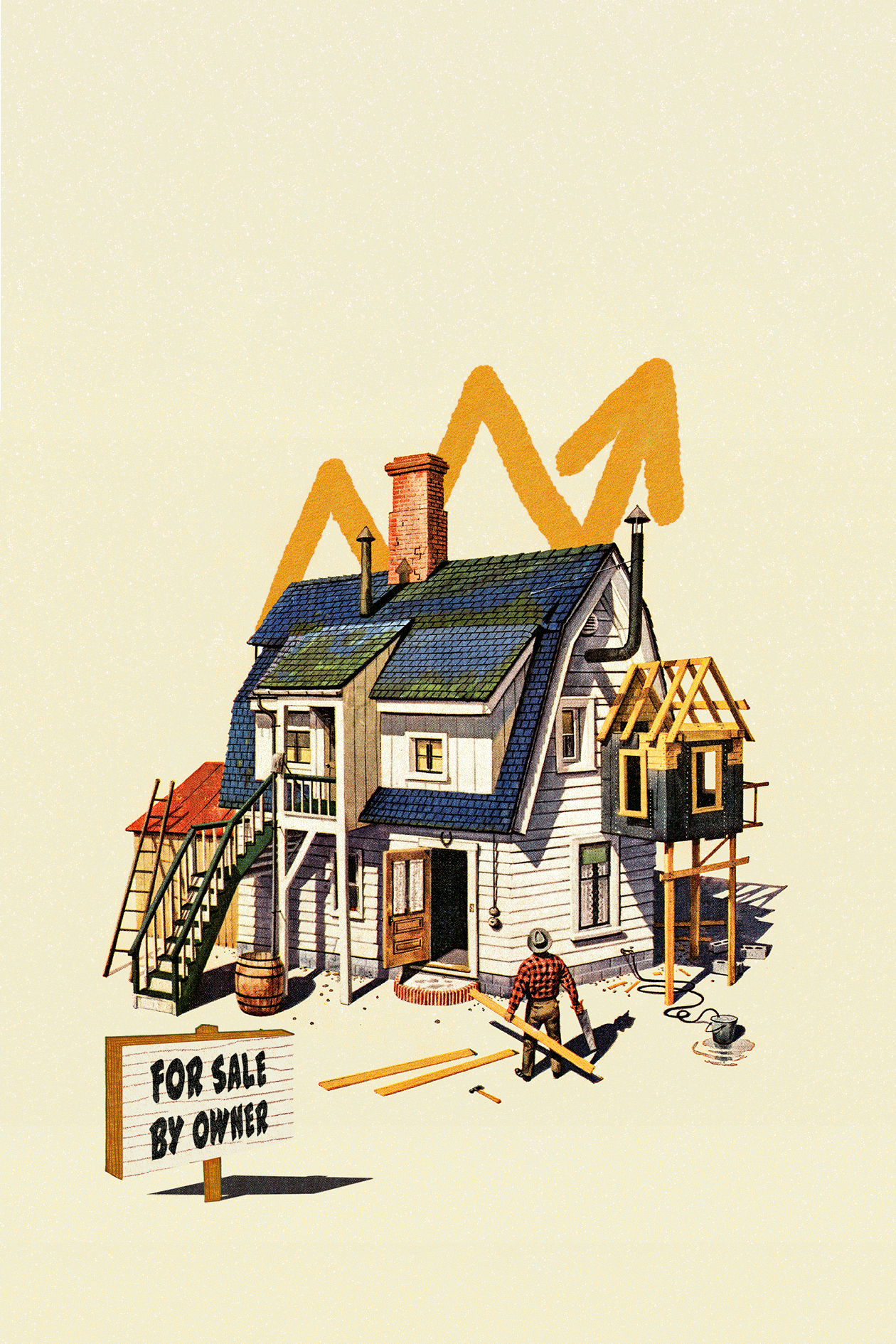Our homes are often our most valuable asset. While most homes will increase in value over time, meaning they will likely be sold at a profit, there are things owners can do to speed up a property’s appreciation.
“In my opinion, the best way to add significant value to a home, and in particular when it is being put on the market for sale, is to work with a contractor to make carefully chosen major improvements,” Roger Rodriguez, a third-generation contractor at the Fort Lauderdale, Florida-based general contracting firm Advanced CGC, told The Epoch Times.










